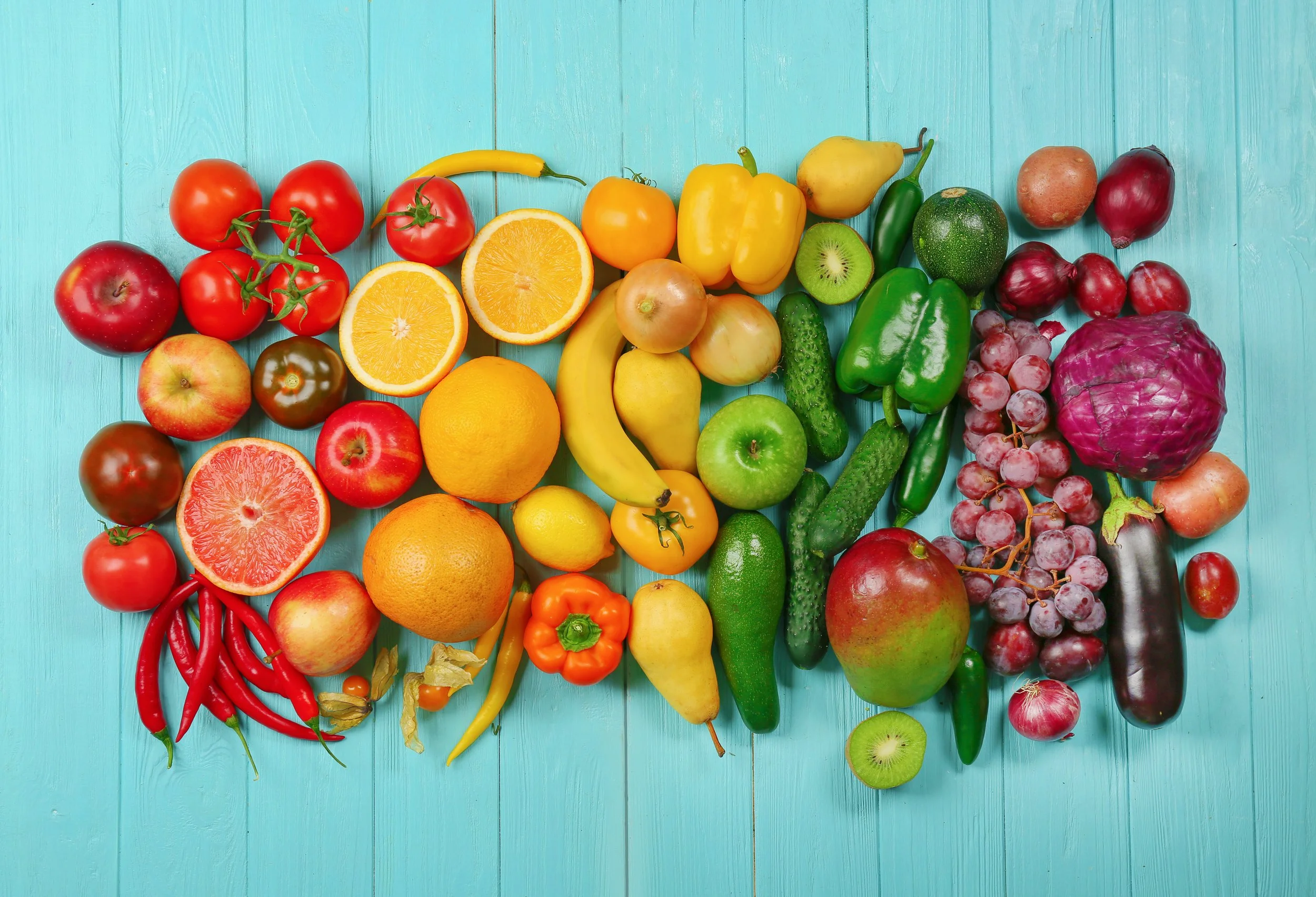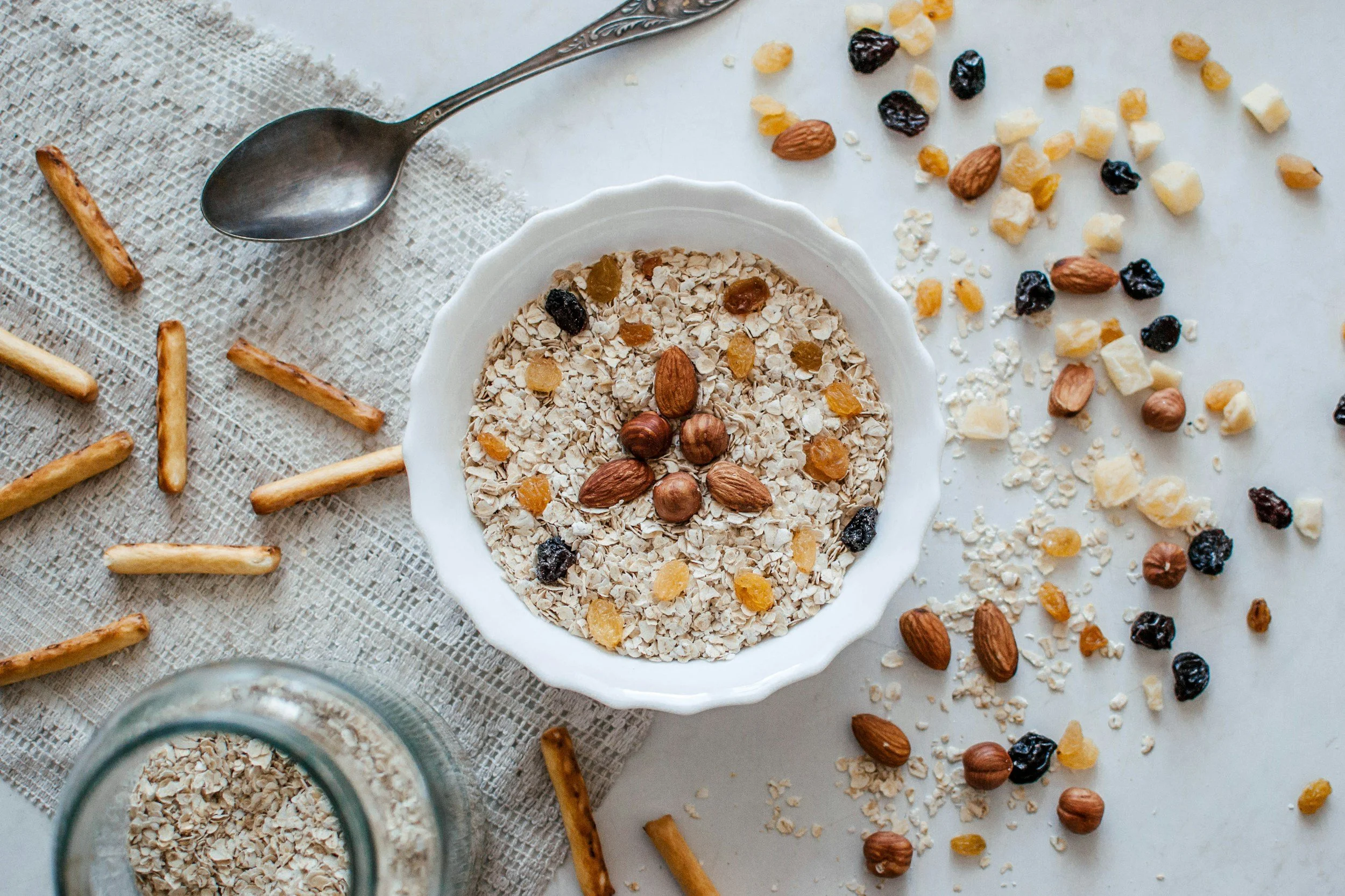How a Rainbow of Food on Your Plate Benefits Your Health
When it comes to eating healthfully, the best thing you can do is make your plate as colorful as possible. That rainbow of food looks more appealing and serves a greater purpose, giving you the full spectrum of vitamins, minerals, phytochemicals, and other nutrients you need.
A good practice is to attempt to add at least three colors to your plate with every meal you make. This goal helps to keep you actively trying to create colorful dishes filled with nutritional benefits.
Here’s what to know about each color of the food rainbow.
Red foods
Red fruits and vegetables have lycopene (vitamin A), folate, potassium, and vitamins C and K1. This combination treats you to antioxidants and anti-inflammatory agents with every bite. You can improve heart health, reduce your risk for sun damage, and possibly reduce the risk of certain illnesses. Choose watermelon, tomatoes (that includes sauces and pastes), and grapefruit.
Dark red foods are almost a category all their own. With foods like prickly pears and beets, you get the added benefit of vitamin B6 plus increased oxygen uptake and a lower risk of high blood pressure.
Orange and yellow foods
With the colors orange and yellow on your plate, you’re getting carotenoids which are part of the vitamin A family, such as lycopene. You’re also getting vitamin C, potassium, fiber, and folate. These help support heart and eye health while adding an extra measure of protection from illness. Fill your plate with carrots, sweet potatoes, bananas, pumpkins, tangerines, corn, and yellow peppers.
Green foods
With green foods, you get chlorophyll and carotenoids, a treat of fiber, folate, vitamins A and K1, magnesium, and potassium. While there are many green foods to eat, the cruciferous variety like broccoli, Brussels sprouts, and cabbage are especially good for lowering the risk of illness. You can also eat kale, spinach, asparagus, herbs, and avocados.
Blue and purple foods
Foods that are blue or purple have anthocyanins, which really go the distance for your health. They have vitamins B6, C, and K1, fiber, potassium, and manganese. There are plenty of blue and purple foods to eat for your health, including blueberries, grapes, blackberries, purple cabbage, eggplant, elderberries, and plums.
White and brown foods
White and brown foods might not be as colorful, but they serve a purpose on your plate. You’re giving your body flavonols and allicin when you eat garlic, cauliflower, white potatoes, mushrooms, onions, and daikon radish. You’re also getting more vitamins B6 and K1, fiber, folate, potassium, magnesium, and manganese.
As you plate your meals, think about how colorful they are, and in doing so, you’ll easily find a way to ensure the foods you eat give you the best nutritional benefits.




